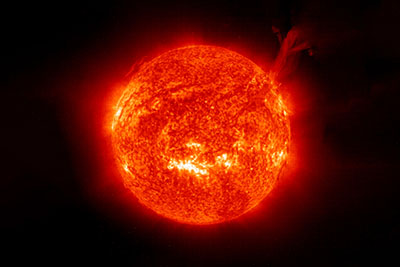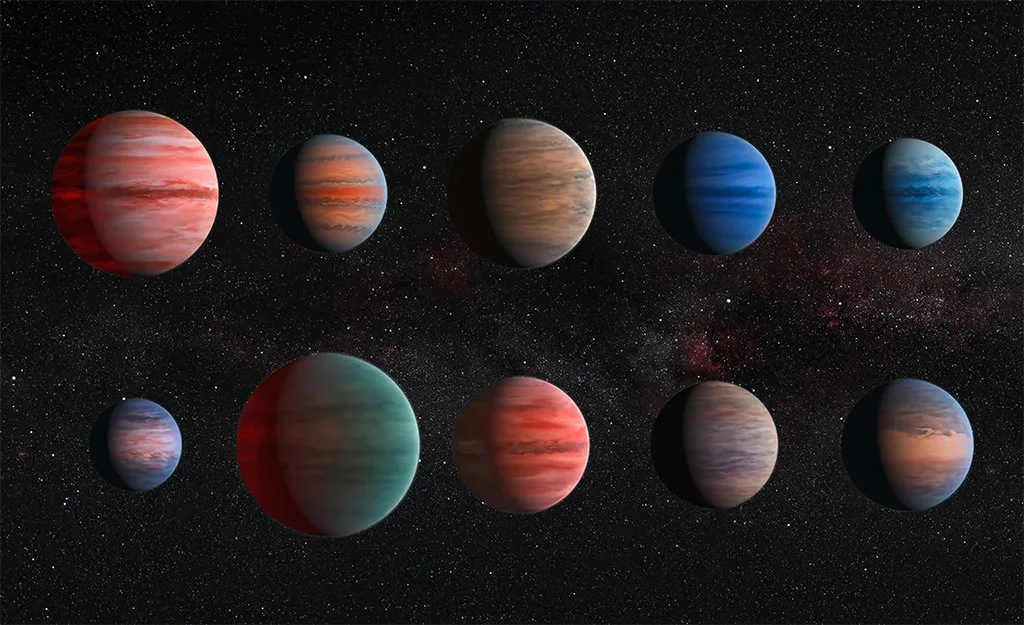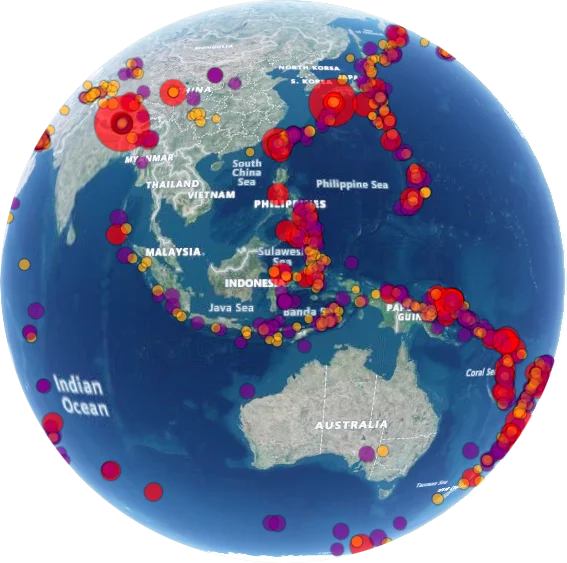Welcome to SpaceHUD.com
Explore the universe with SpaceHUD — providing you real-time access to the cosmos.
Track the ISS, monitor rocket launches, observe solar flares and auroras, discover exoplanets, and more — all powered by real-time NASA data.
Quick space facts
🛸 Latest Space News
🚀 Upcoming rocket launches
Stay ahead of the action with live countdowns and details of every rocket launch happening in the next 6 months. Get ready for liftoff!
🛰️ Track the ISS in real time
Follow the International Space Station as it orbits Earth. Watch its real-time path and see when it flies over your location.
☄️Near Earth Objects (NEOs)
Monitor near Earth objects (NEOs) as they pass near Earth. See their sizes, distances, and if they pose a potential threat.
The asteroid that wiped out the dinosaurs (Chicxulub impactor) was about 10 km wide and released energy of about 100 teratons (100 trillion tons) of TNT. That is equivalent to billions of nuclear bombs. How do today's near-Earth objects compare?
🪐 Exoplanets
Discover alien worlds! See exoplanets' sizes, distances from Earth, and how long it would take to get there.
🌍 Earthquakes
Track live earthquakes happening across the globe, from minor tremors to massive quakes.
🌞 Solar Flares & Auroras in 3D
Explore the power of the Sun! See solar flares, coronal mass ejections, and Earth's auroras visualized on a 3D globe. Data is updated daily.

The sun's powerful solar bursts create dazzling auroras when they hit the Earth.
Solar flares are bursts of radiation that travel at the speed of light, reaching Earth in about 8 minutes. CMEs (coronal mass ejections) are massive bursts of solar wind and magnetic fields, which travel much slower, taking one to three days to reach Earth. When these solar events interact with Earth's magnetic field, they trigger stunning auroras.
💥 Space Debris Over Time
Drag the slider to see the amount of space debris change over time.
1990
Loading debris...
0%Image credit: NASA ODPO ARES
Select a year on the slider to see the space debris distribution at that time.
As of today
Trackable Objects (larger than 10 cm / ~4 inches):
Around 40,000 to 50,000 objects are currently tracked and cataloged by global space surveillance networks. The vast majority are junk.
Medium-sized Debris (1 cm to 10 cm / ~0.4 to 4 inches):
It's estimated there are approximately 1 million to 1.2 million pieces in this size range. These are too small to be reliably tracked but are large enough to cause catastrophic damage to a spacecraft or satellite upon impact.
Small Debris (1 mm to 1 cm / ~0.04 to 0.4 inches):
This is where it gets crazy. Estimates suggest there are over 130 million to 170 million pieces in this size range! Even these tiny particles, traveling at orbital velocities of up to 36,000 km/hour (or 22,000 mph), can cause significant damage.

